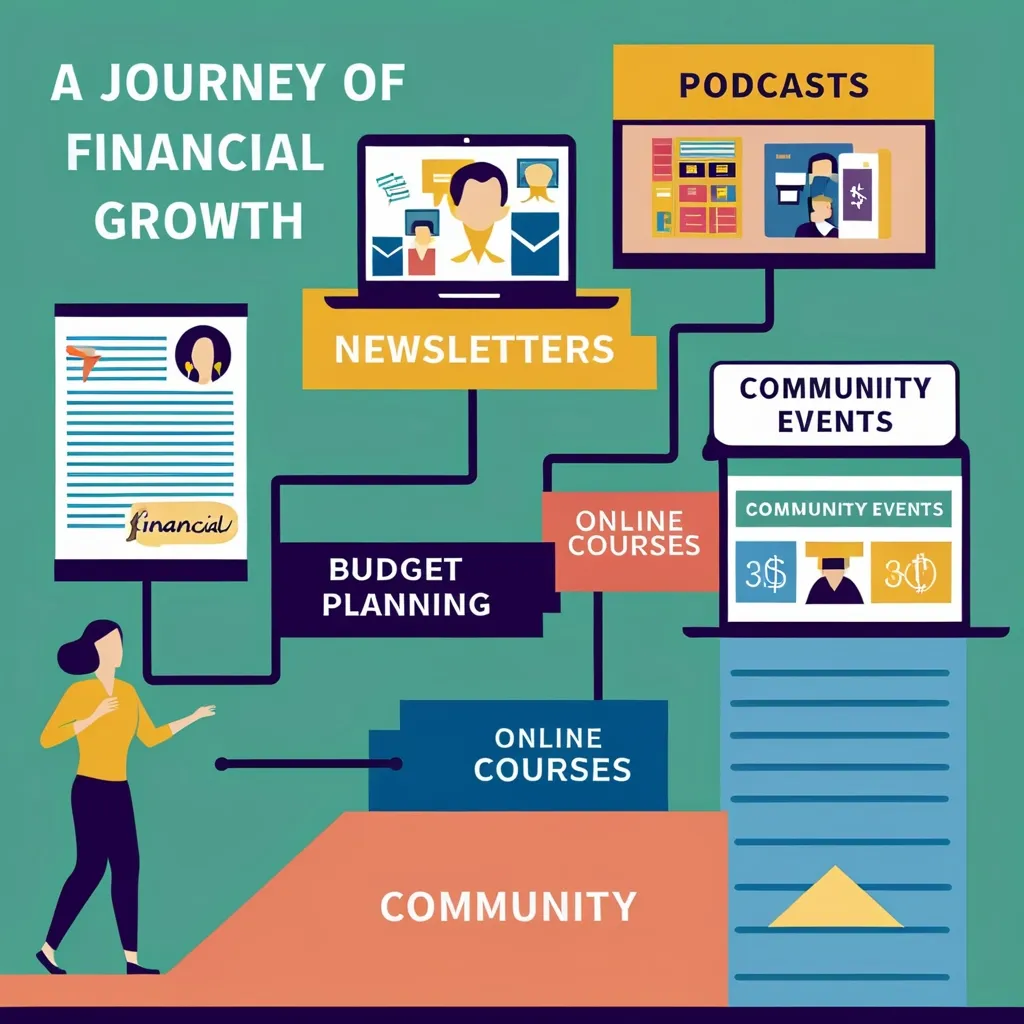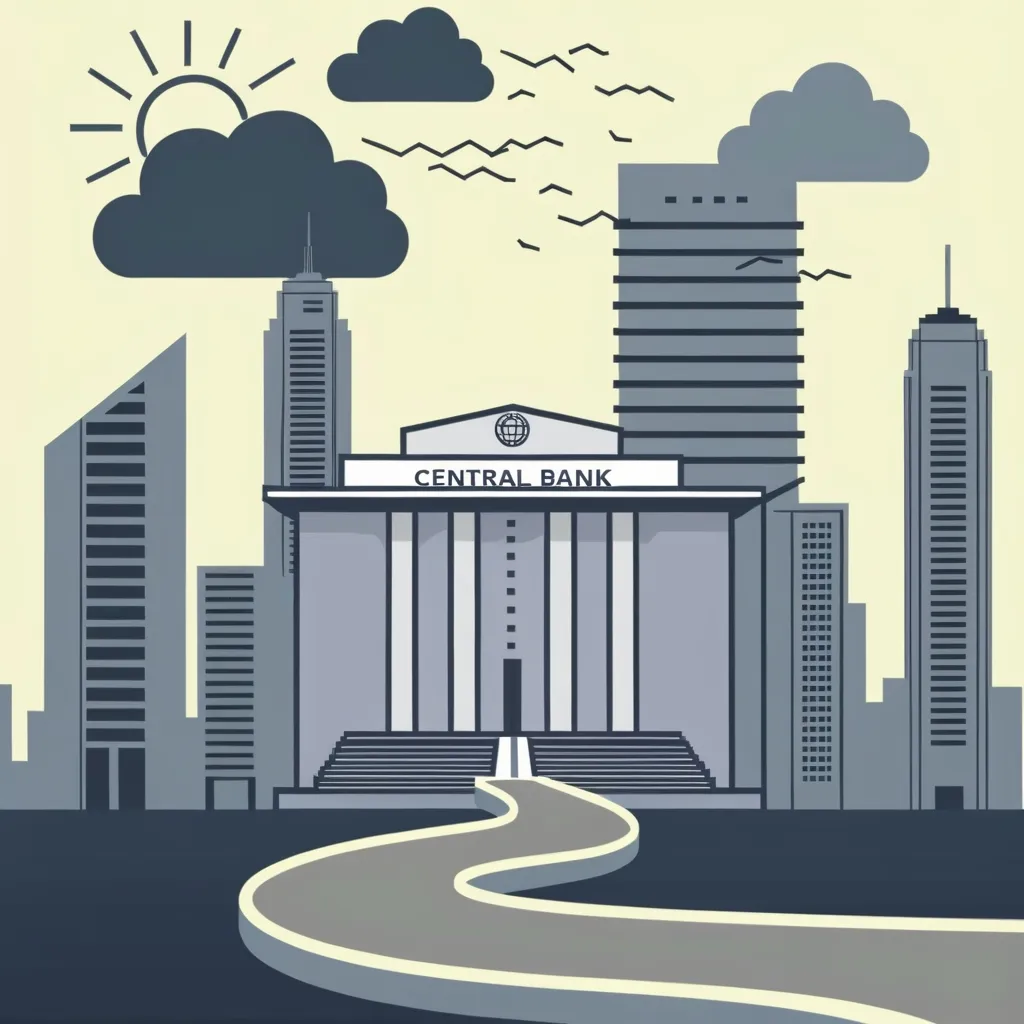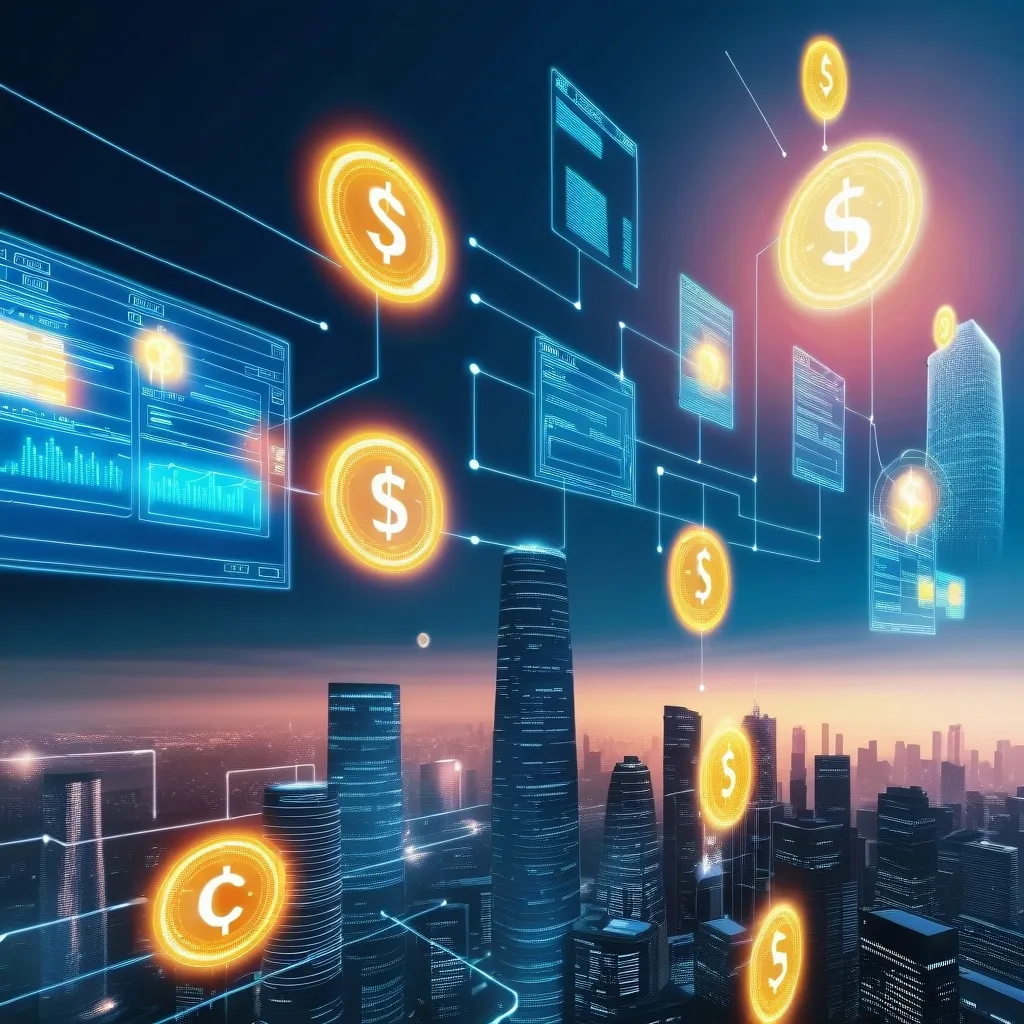Retiring before hitting the big 5-0 sounds like a dream, right? But let’s face it, making that dream a reality isn’t a walk in the park. It takes some serious planning, disciplined saving, and smart investing. So, here’s a laid-back guide to help pave your way to a carefree early retirement.
First off, painting a clear picture of what retirement looks like for you is a must. Think about the kind of lifestyle you want, the activities you’d love to dive into, and the age you’re aiming to clock out of the 9-to-5 grind. This vision is your launchpad to get those financial ducks lined up. Suppose globe-trotting is on your agenda; you’ll need a heftier retirement fund compared to someone thinking of a quieter life, focusing on hobbies and relaxing.
Next up, it’s figuring out the magic number – how much dough you’ll need. A popular guideline suggests aiming for 70-100% of your pre-retirement annual income to keep living your current lifestyle. So, let’s say you’re pulling in $75,000 a year and aim to retire at 50. To cover about 30 years of retirement, you’d be looking at needing around $2.25 million if you’ll need 100% of your current income annually.
Creating a roadmap towards this goal is like laying down your victory path. Break that big picture into smaller, doable steps and set deadlines to keep yourself on track. This plan should have milestones like maxing out your retirement accounts, making smart investments, and managing risks along the way.
Maximizing your retirement savings is a no-brainer. For 2024, you can stash away up to $23,000 in your 401(k) and $7,000 in your IRA. If you’re 50 or older, there’s an extra $8,000 you can shove into your IRA. Automating these contributions each payday adds up over time. Don’t overlook the benefits of diverse savings options like brokerage and health savings accounts.
Investing wisely is your next big move. Your investment game should match your income and how much risk you’re okay with. Bigger earners might not need to take as many risks, while those on a lower income might go for a more aggressive approach, leaning more towards stocks to make up for fewer years of asset accumulation. Having a financial advisor can help craft a solid investment plan. Remember, aggressive portfolios are pretty stock-heavy and can be bumpy but come with higher potential returns.
Early retirement does come with its share of risks. Market volatility, unexpected expenses, and health changes are a few. Be ready for these with strategies to soften the blow. For instance, look into health insurance options since you won’t have employer coverage. Account for premiums, deductibles, and potential medical expenses not covered.
Stay flexible. Life loves throwing curveballs, and your retirement plan should be able to adapt. Keep checking your progress, reassess goals, and make adjustments to keep on the right path.
Managing your finances during early retirement can be a juggling act. Without Social Security benefits until at least 62, your nest egg will be your main income source. Having a strong investment portfolio that churns out passive income is key. A dynamic spending withdrawal strategy works wonders – spend more when the markets are up, throttle back when they’re down. This helps stretch your portfolio’s lifespan.
Health care costs can be a monster in retirement. If your family history includes health issues, you might need to budget more for this. Health insurance options are a vital consideration, and contributing to a Health Savings Account (HSA) can offer tax benefits and a fund for future medical expenses.
For families, estate planning is a biggie. Make sure your income and health needs are locked down and plan for your spouse or kids if something happens to you. This includes setting up wills, trusts, and life insurance policies.
Navigating taxes in early retirement can be a bit of a maze. Get familiar with penalties on early withdrawals from certain accounts and how your state taxes retirees. If you’re in a government job, there are extra wrinkles like reduced Social Security benefits from pensions on wages not covered by Social Security.
Living below your means, especially during your 20s and 30s, is a smart move to accelerate your savings. Skip lavish vacays, drive a used car, maybe even go car-free if feasible. Funnel any extra cash into your retirement accounts. Starting this aggressive saving early boosts your odds of retiring before 50.
Finding balance is the golden ticket. Retiring at 50 offers a blend of finishing a fulfilling career and enjoying your later years. It’s not a mad dash to retire in your 30s or 40s, which can cramp your lifestyle and social life, nor is it about working forever without any savings. It’s striking that sweet spot where you can pursue passions without financial constraints.
In a nutshell, retiring before 50 is a tough but doable goal. It takes a solid plan, disciplined saving, and clever investing. Understand your vision, figure out your needs, create that detailed roadmap, maximize your savings, invest wisely, manage risks, and stay adaptable. With careful financial management and planning for the unexpected, those early retirement dreams can become your reality.






